Some Good, Some Not So Good
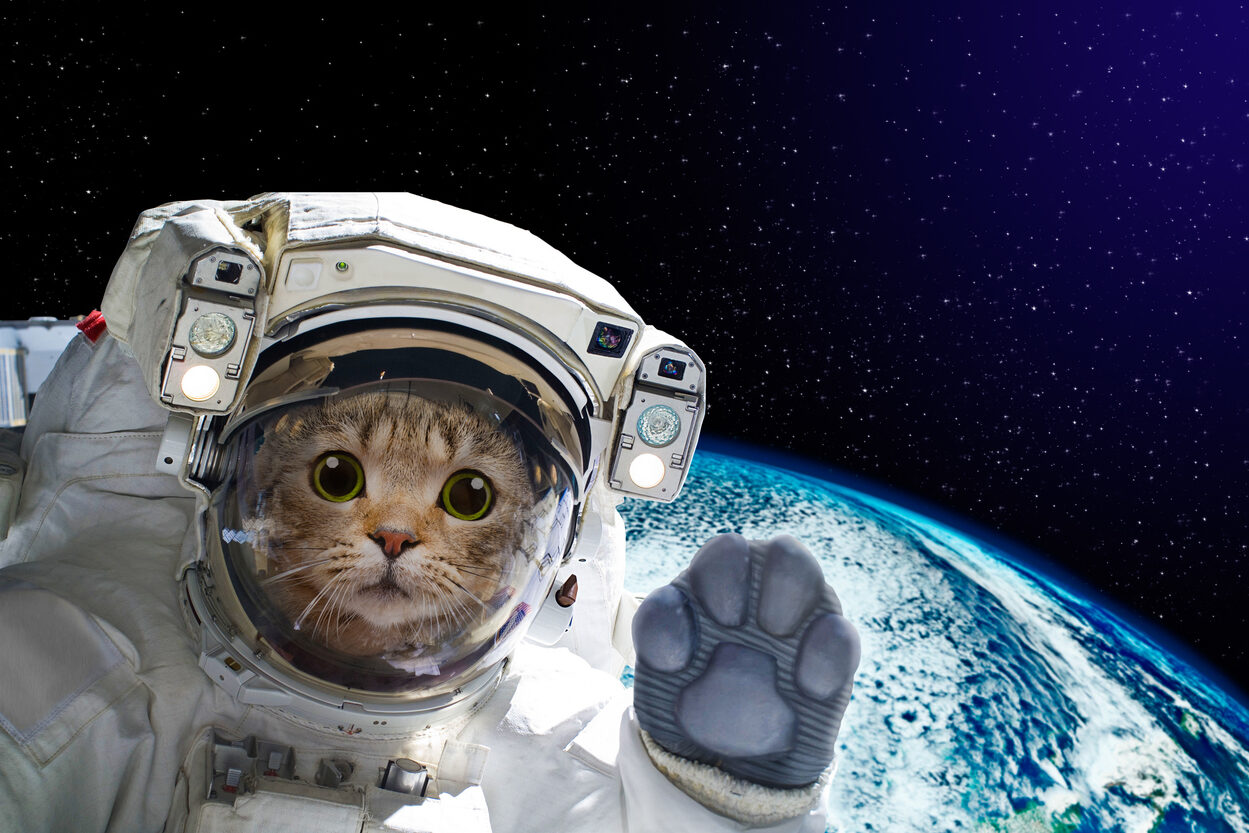
Pets are part of the family. But what happens when science steps in and pushes the boundaries of what pets are and what they can do? From mind-reading dogs to singing mice and even cats turned into Cold War operatives these experiments are as fascinating as they are bizarre. Some were groundbreaking, others were downright strange and all of them remind us how much we still have to learn about the animals we think we know best.
1. The Domesticated Foxes of Siberia
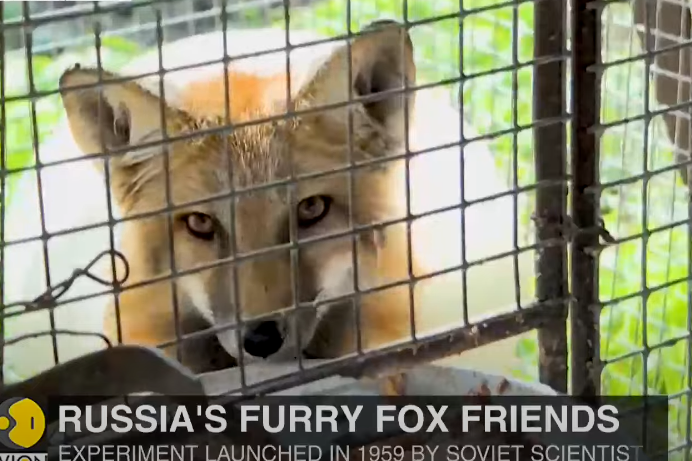
In the 1950s scientists in the Soviet Union tried to answer one question: could you domesticate a wild animal in real time? They started breeding silver foxes for tameness, choosing only the calmest ones to reproduce. Within just a few generations these foxes started wagging their tails seeking out humans and even changing physically—ears drooped, coats got spotted and faces softened. It wasn’t just behavior that shifted, their biology changed too.
The experiment revealed how linked behavior and genetics really are and sparked fresh debate on how fast animals can adapt when raised in a certain environment. While they began as research subjects some of these foxes became actual household pets. In the process science proved that with enough time and intention wild can look and feel surprisingly domestic. Source: Comrade
2. Dolphins Trained for Military Missions

It sounds like a movie plot but the use of dolphins in military operations is very real. During the Cold War the US Navy began training bottlenose dolphins to detect underwater mines, locate missing divers and guard harbors. Dolphins were chosen because of their intelligence and echolocation which allows them to navigate dark waters better than any machine. Some dolphins were trained to approach foreign objects with sensors strapped to their backs while others learned to alert their human handlers to threats.
While some were treated with care others faced stressful conditions raising ethical concerns that still linger. This controversial program blurred the line between animal and tool turning one of the ocean’s smartest creatures into an underwater asset. And while some of these programs still exist they remain one of the strangest chapters in military history. Source: Dolphin Project
3. Laika the Space Dog
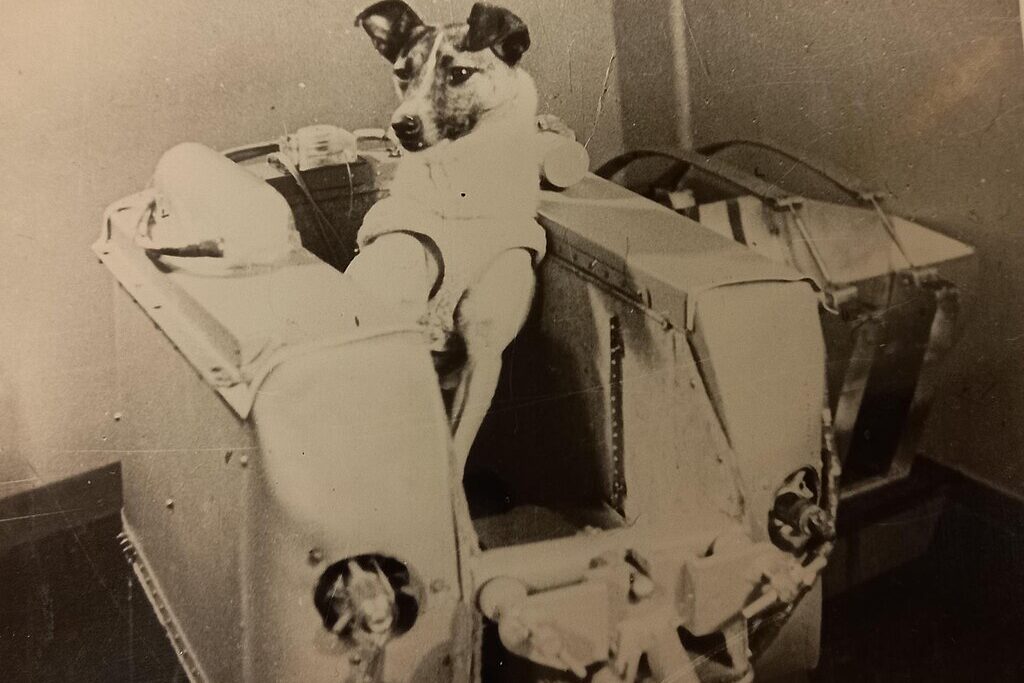
In 1957, Laika, a stray dog from the streets of Moscow, became the first animal to orbit Earth. Chosen for her small size and calm temperament, she was sent aboard Sputnik 2 as a test subject for human space travel. While Laika’s mission was historic, it was also heartbreaking that there was no plan to bring her back. She survived only a few hours before the capsule overheated.
The experiment revealed critical data about space stress and pressure on living beings, paving the way for future missions. But it also sparked global debate about ethics and animal welfare. Laika’s legacy lives on not only in scientific progress but also as a symbol of the emotional and moral weight behind using animals in high-risk research. What began as a mission of science left a permanent mark on how we treat non-human lives in exploration. Source: Smithsonian Magazine
4. Acoustic Kitty: The CIA’s Feline Spy Project

In a real-life example of science fiction gone sideways, the CIA once tried to turn cats into covert surveillance tools. The 1960s “Acoustic Kitty” project involved surgically implanting listening devices inside cats with the idea they could eavesdrop unnoticed near enemy embassies. Engineers outfitted a test cat with a microphone, transmitter, and even a tiny antenna in its tail. But the plan backfired during the very first mission when the cat wandered off mid-operation and was hit by a car.
The project was quickly scrapped after costing millions. Experts now cite this as a prime case of failing to understand animal behavior especially with a creature as independent as a cat. It’s one of the strangest moments in Cold War history and a reminder that no amount of tech can override feline instincts. Source: History.com
5. Singing Mice
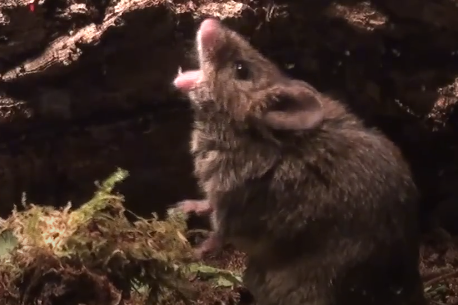
In a more modern twist on animal transformation, researchers have been tweaking the brains of mice to produce more complex vocal patterns essentially turning squeaks into songs. By manipulating specific brain circuits related to emotion and communication, some mice began making rhythmic sounds that resembled birdsong. While the goal was to better understand human speech development and disorders like autism, the result was an entirely new form of mouse behavior.
These weren’t random noises but structured patterns triggered by emotion and social cues. Critics worry about interfering with natural behavior, but advocates argue the research may unlock vital clues about brain development. Either way, these mice went from background lab animals to headline-grabbing mini vocalists, challenging how we define animal communication.
6. Super Smart Dogs

Border Collies are already known for their intelligence, but researchers took it a step further by studying and selectively breeding dogs based on their ability to learn words. Some could remember over 1,000 object names and even follow complex instructions just by voice command. These dogs didn’t just respond to basic training, they understood abstract labels, categories, and memory tasks once thought exclusive to primates.
While most dogs can learn cues like sit and stay, these experimental pups pushed the boundaries of canine cognition. Behavioral scientists found that the dogs’ learning pace increased with age and social interaction, leading to questions about how much more dogs might understand if we took time to teach them. These weren’t just smart dogs, they were redefining what intelligence in animals could look like.
7. Robo-Rats: Remote-Controlled Rodents
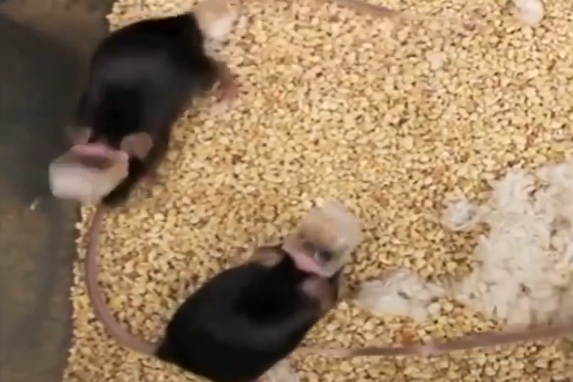
Yes, it’s exactly what it sounds like. Scientists once created remote-controlled rats by implanting electrodes in their brains and guiding them with wireless signals. The goal was to study movement control and brain-mapping, but the result was a bizarre kind of biological robot. These “robo-rats” could be steered through mazes and obstacle courses with the press of a button, turning natural behavior into a human-directed action.
While the research was meant to aid neuroscience and robotics, critics raised red flags about autonomy and consent in animals. The experiment proved how powerful neural stimulation can be, but also how far scientists are willing to go in the name of discovery. It’s one of the most controversial examples of turning pets into tools, pushing the boundaries of technology and biology in ways that still make people uneasy.
SCIENCE WENT A LITTLE TOO FAR WITH SOME OF THESE! WHICH ONE SURPRISED YOU MOST? DROP A COMMENT OR TAG A FRIEND WHO LOVES BIZARRE ANIMAL FACTS!


